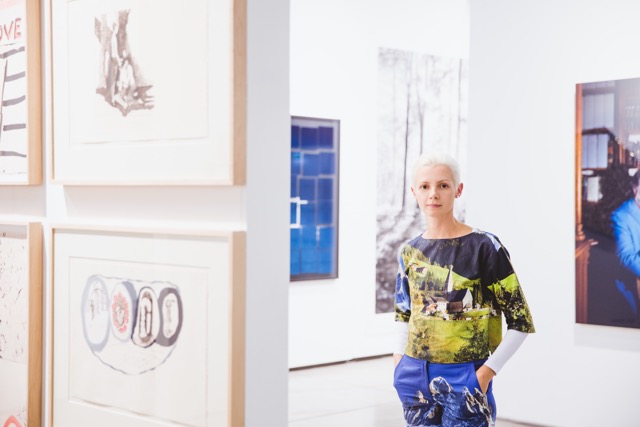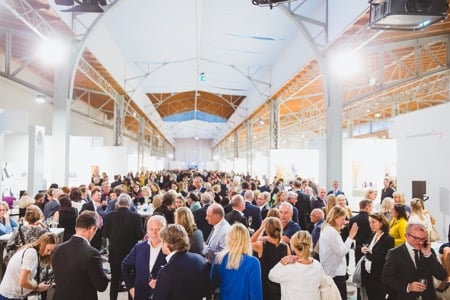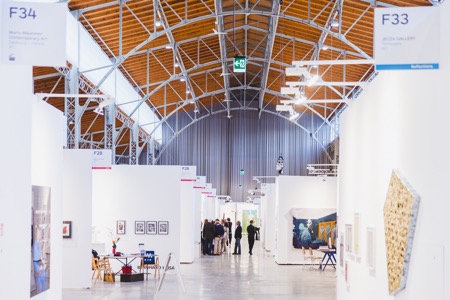Art Fairs
artnet Asks: Christina Steinbrecher-Pfand on the Success of viennacontemporary
The fair’s artist director talks globalization, innovation, and Vienna.

The fair’s artist director talks globalization, innovation, and Vienna.

Artnet Galleries Team

When one thinks of Vienna, visions of 19th-century elegance and Hapsburgian grandeur spring to mind. viennacontemporary is here to change that. Over the past six years, the fair has been dedicated modernizing the cultural reputation of the city—importing the work of fresh faces from across Europe and showcasing the latest in Viennese technology—while continuing to embrace the city’s historic legacy.
This year’s showing, which is taking place at 19th-century landmark Marx Halle, features an exhibition on the Hungarian neo-avant-garde and works from up-and-coming artists from across Nordic and Eastern European. In addition, guests will be able to attend a series of lectures on the way in which recent political events have impacted the art world.
We spoke with Christina Steinbrecher-Pfandt, the artistic director of viennacontemporary, on what went into the planning of this year’s fair.
How does Vienna’s rich cultural history manifest itself in the fair?
In plenty of ways actually. We have all of Vienna’s institutions participating in the fair program, including the art academies—the University of Applied Arts Vienna as well as Kunsthalle Wien are exhibitors at the fair. In addition, the venerable Viennese restaurant Zum Schwarzen Kameel is one of our catering partners. We are really trying to integrate the fair into the city and the city into the fair. Vienna and its history are in our DNA and we are trying to make it part of everyone’s experience at the fair.

Courtesy of ©viennacontemporary.
What can we expect from this year’s viennacontemporary?
As in previous years, we want to show the best of Austria, Eastern Europe, and the rest of the world. We have been working hard in putting this fair together, and have a focus on the Hungarian neo-avant-garde of the 1960s and 1970s. Hungarian artists have made an impact around the world over the last two years and we wanted to celebrate and highlight their work at the fair.
And of course, the city will be up day and night and welcome the local and international audience with a vibrant atmosphere.
How does the fair attract the international art community to Vienna?
Five or six years ago, people were more inclined to jump on a plane and just go with the flow. Now, more than ever, people want a more unique experience. And viennacontemporary offers just that—a fair concept to be found nowhere else in the world, and the opportunity to explore the city. I advise visitors to educate and indulge themselves at the same time without stress. This is key.
In recent years, viennacontemporary has co-organized events aimed at building a bridge between art and science through lecture series and hackathons. Why is this mission so important and what is the expected outcome of this program?
The city has made international headlines with its very prominent start-up scene. Dmitry Aksenov, our chairman of the board, is a keen observer and has been active in the tech community for a long time. It was a logical step to facilitate the communication between art and technology and to not have the conversations run parallel to each other. We have the culture in the city as well as the tech knowledge, making it more of a reason to visit Vienna and get curious.

Courtesy of ©viennacontemporary.
You have been at the helm for six years now—how do you see the fair developing further in the future?
After six years we are no longer in the start-up phase. We have found our spot in the international art scene and are expanding our presence internationally. We have a very dedicated and professional team. Since we have already garnered the trust of our galleries and audience, we want to continue to build on that confidence and be a major player in the international art scene.